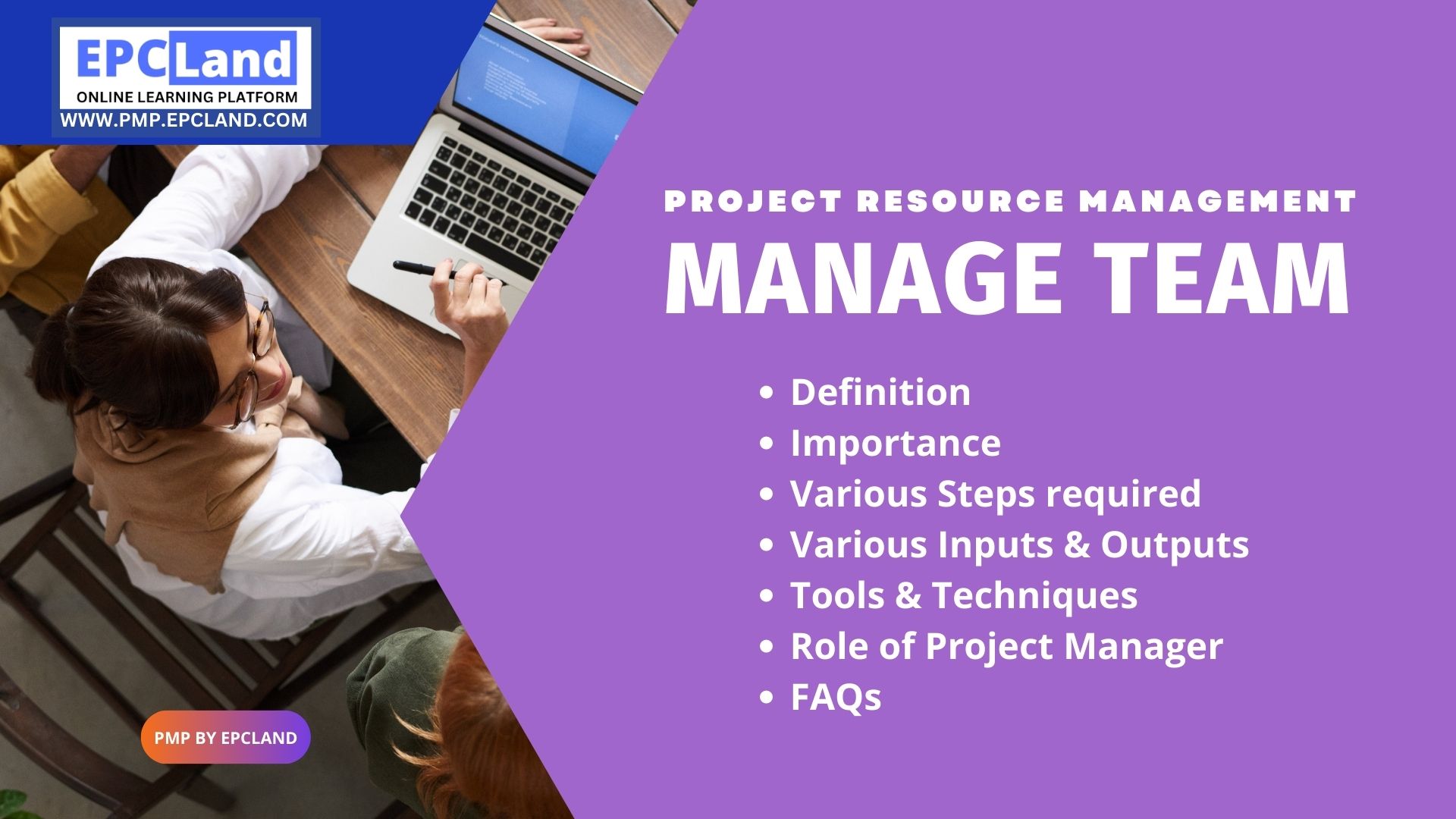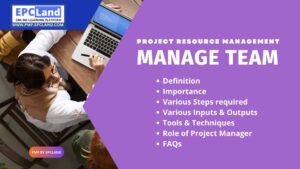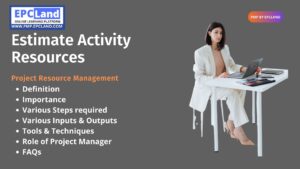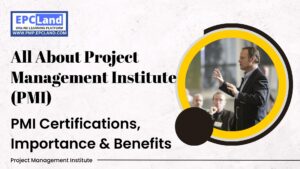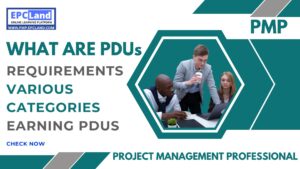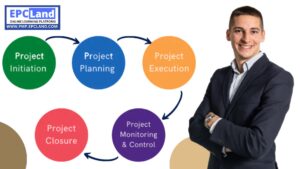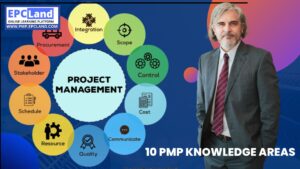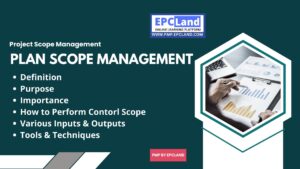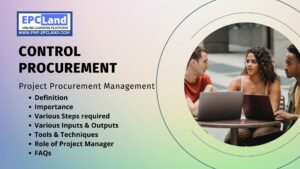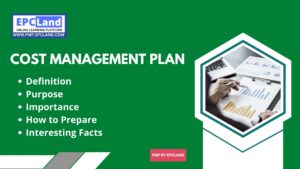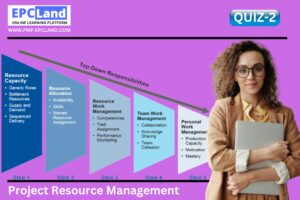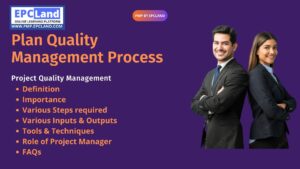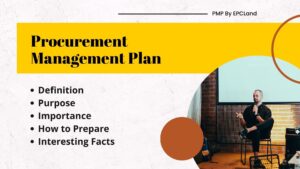Effective team process management is crucial for the success of any project. Project Resource Management provides a comprehensive set of tools to streamline team processes, maximize team efficiency, and drive project success. With the use of these techniques, project managers can improve communication, collaboration, and workflow among team members, reducing the likelihood of errors and delays. Additionally, Project Resource Management helps project managers to monitor progress, identify potential issues, and take corrective action in real-time, ensuring the project stays on track. Whether you’re working on a small or large-scale project, incorporating Project Resource Management’s Team Process Management solutions can help you achieve project success and exceed your goals.”
What is the Importance of “Manage Resource Process” in Project Resource Management
“Managing team processes is crucial in Project Resource Management as it plays a vital role in the success of any project. The importance of this aspect can be summarized in several key points:
- Improves collaboration and communication among team members.
- Streamlines workflow and reduces errors and delays.
- Increases team efficiency and productivity.
- Enhances project visibility and control, allowing project managers to monitor progress and identify potential issues.
- Improves project outcomes and helps meet project goals and deadlines.
Attempt Quiz-1 on Develop & Manage Resource Process
What are the Various Steps required in “Manage Resource Process” in Project Resource Management
“The steps involved in managing team processes in Project Resource Management include:
- Defining roles and responsibilities for team members.
- Establishing clear lines of communication.
- Developing a project schedule and task list.
- Assigning tasks and setting deadlines.
- Monitoring progress and identifying potential issues.
- Facilitating regular team meetings and status updates.
- Encouraging collaboration and teamwork.
- Providing the necessary resources and support for team members.
- Conducting performance evaluations and making necessary adjustments.
- Continuously monitoring and refining processes to ensure maximum efficiency.
What are various Tools & Techniques used for “Manage Resource Processes” in Project Resource Management
The tools and techniques used for managing team processes in Project Resource Management include:
- Gantt Charts: for visualizing project schedules and monitoring progress.
- Task Management Software: for tracking tasks, deadlines, and team member progress.
- Communication and Collaboration Tools: for facilitating team communication and collaboration.
- Resource Allocation Tools: for managing and allocating resources effectively.
- Risk Management Techniques: for identifying and mitigating project risks.
- Performance Evaluation Techniques: for monitoring team member performance and identifying areas for improvement.
- Agile Project Management Methodologies: for adapting to changing project requirements and delivering results faster.
- Continuous Process Improvement (CPI) techniques: for continuously refining and optimizing processes.
- Resource Histogram: for visualizing resource utilization and identifying bottlenecks.
- Earned Value Management (EVM): for measuring project performance and progress.
What are various Inputs required for “Manage Resource Process” in Project Resource Management
The inputs required for managing team processes in Project Resource Management include:
- Project charter: outlining the project goals, objectives, and requirements.
- Project schedule: including the timeline, milestones, and deadlines.
- Resource allocation plan: identifying the resources needed for the project and how they will be allocated.
- Risk management plan: identifying and mitigating project risks.
- Communication plan: outlining the communication channels and frequency of communication among team members and stakeholders.
- Stakeholder register: identifying the project stakeholders and their interests.
- Change management plan: outlining the process for managing changes to the project scope.
- Performance measurement baseline: setting performance criteria for the project and team members.
- Budget and cost estimates: including the estimated project cost and budget.
- Project management plan: outlining the project management processes and techniques that will be used.
What are various Outputs required for “Manage Resource Process” in Project Resource Management
The outputs required for managing team processes in Project Resource Management include:
- Team performance reports: tracking and reporting on team performance, including task completion and milestones achieved.
- Project schedule updates: updating the project schedule based on actual progress and performance.
- Resource utilization reports: tracking and reporting on resource utilization, including labor and equipment usage.
- Risk management reports: tracking and reporting on identified risks, including the status of risk mitigation efforts.
- Change requests: documenting and managing requests for changes to the project scope.
- Status reports: providing regular updates on project status to stakeholders.
- Performance evaluations: evaluating team member performance and identifying areas for improvement.
- Continuous process improvement plans: documenting and implementing continuous process improvement plans.
- Budget and cost reports: tracking and reporting on project costs, including actual costs and cost overruns.
- Project management plan updates: updating the project management plan based on actual performance and lessons learned.
What is Role of the Project Manager in “Manage Resource Process” in Project Resource Management
The role of the project manager in managing team processes in Project Resource Management includes:
- Defining roles and responsibilities for team members.
- Establishing clear lines of communication among team members and stakeholders.
- Developing a project schedule and task list, and assigning tasks and setting deadlines.
- Monitoring progress and identifying potential issues.
- Facilitating regular team meetings and status updates.
- Encouraging collaboration and teamwork among team members.
- Providing the necessary resources and support for team members.
- Conducting performance evaluations and making necessary adjustments.
- Continuously monitoring and refining processes to ensure maximum efficiency.
- Managing project risks and ensuring that risk mitigation efforts are in place.
Final Take-Away on “Manage Resource Process” in Project Resource Management
Effective management of team processes is crucial to the success of a project in Project Resource Management. The project manager plays a critical role in defining roles, establishing communication, allocating resources, and monitoring progress. The use of tools and techniques such as Gantt charts, task management software, and performance evaluation methods, along with inputs like project schedules and risk management plans, can help to optimize team processes and ensure project success. By continuously monitoring and refining processes, the project manager can ensure that the project is delivered on time, within budget, and to the satisfaction of all stakeholders.
Attempt Quiz-1 on Develop & Manage Resource Process
FAQs on “Manage Resource Process” in Project Resource Management
- What is team process management in project resource management? A: It involves planning, organizing, and monitoring the activities and tasks of a project team to achieve project objectives.
- Why is team process management important in project resource management? A: It helps ensure efficient and effective use of team resources, ensures project timelines are met, and enhances team communication and collaboration.
- What are the key components of team process management in project resource management? A: Task assignment, progress tracking, risk management, and team communication and collaboration.
- How do you handle team conflicts in team process management? A: By facilitating open communication, promoting active listening, finding common ground, and implementing conflict resolution strategies.
- What tools and techniques can be used for effective team process management? A: Project management software, agile methodologies, team building activities, and regular team meetings.
- How can team process management be improved in project resource management? A: By regularly reviewing and analyzing team performance, encouraging feedback, and continuously seeking ways to improve processes.
